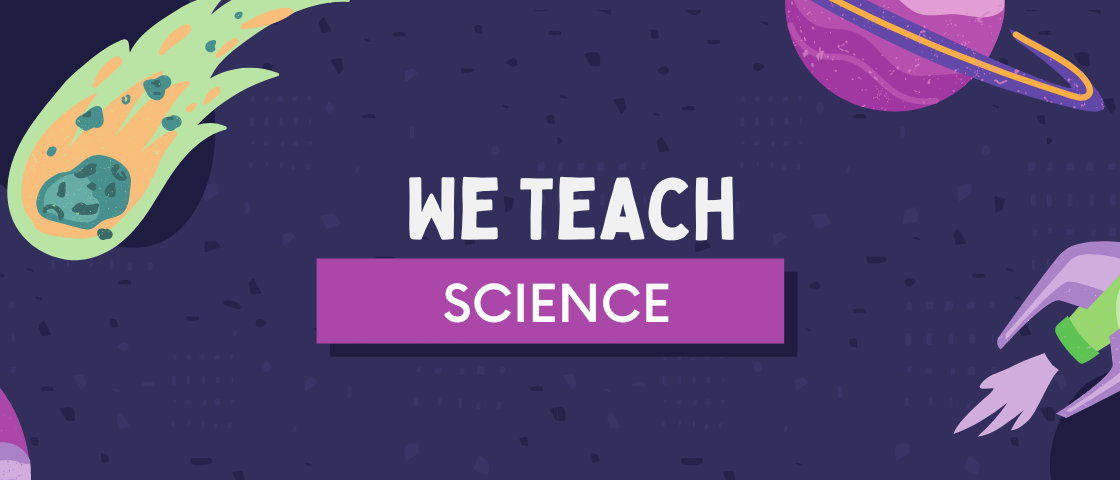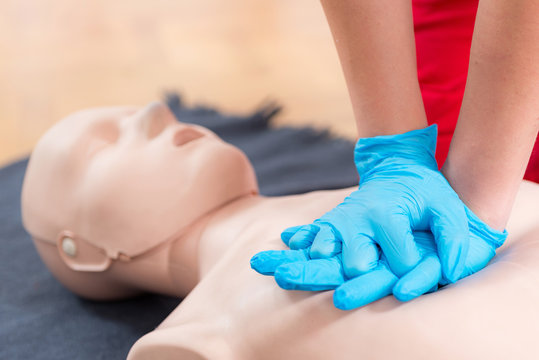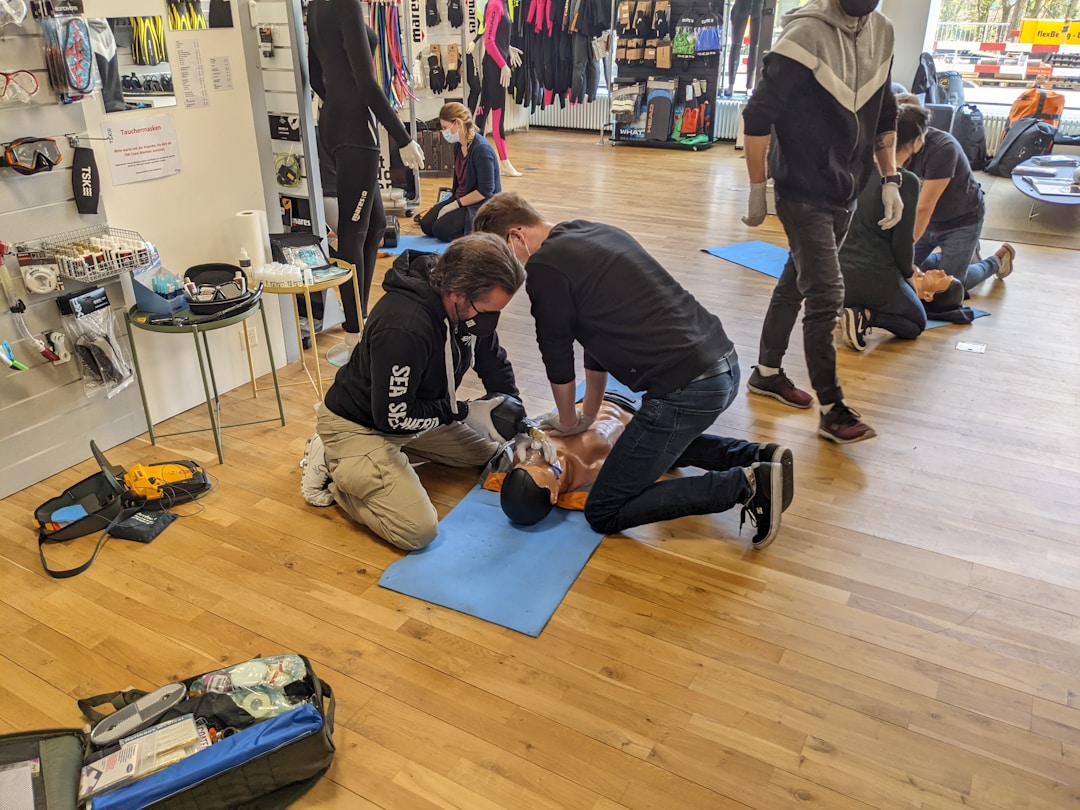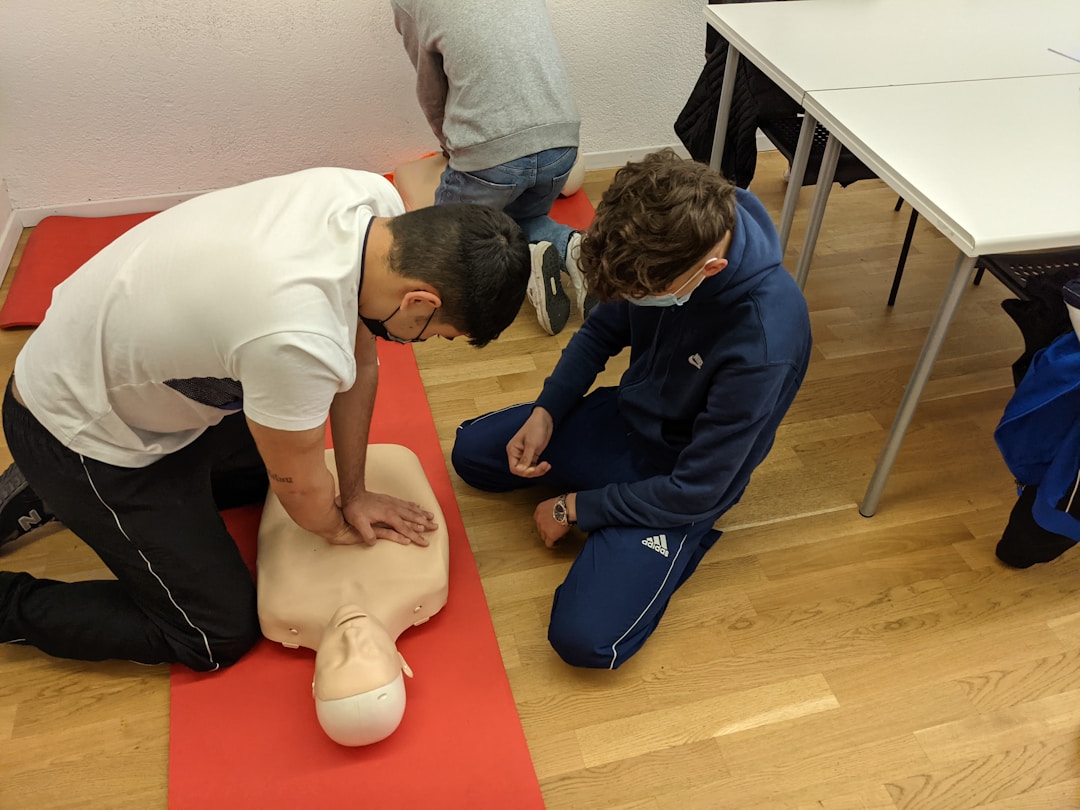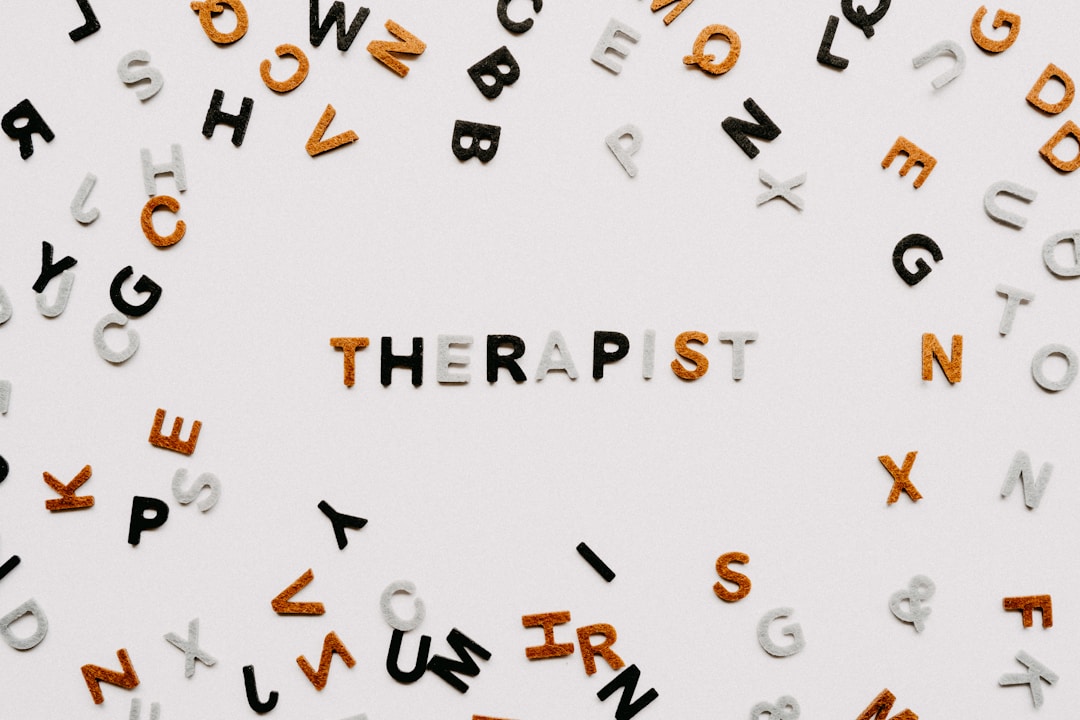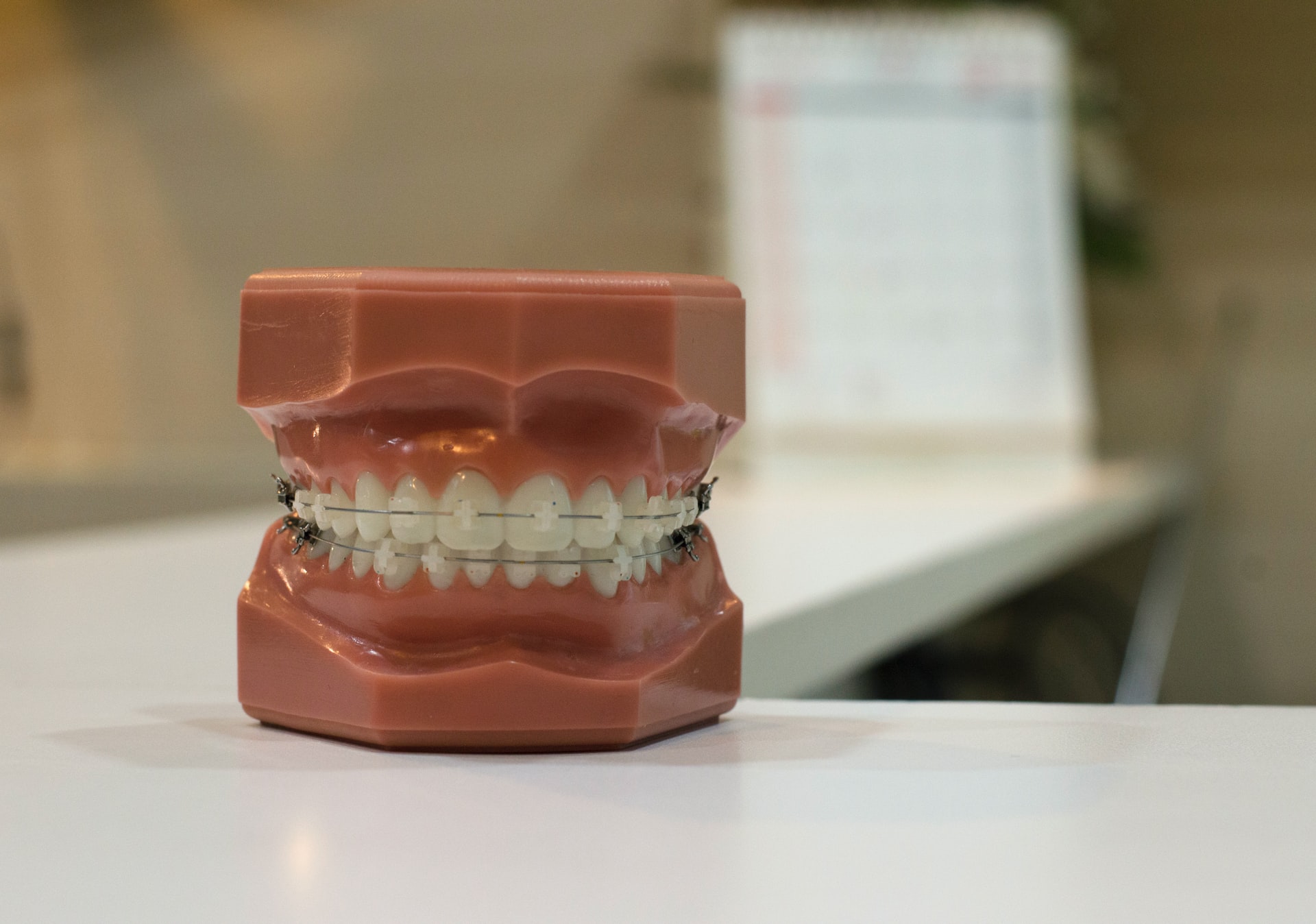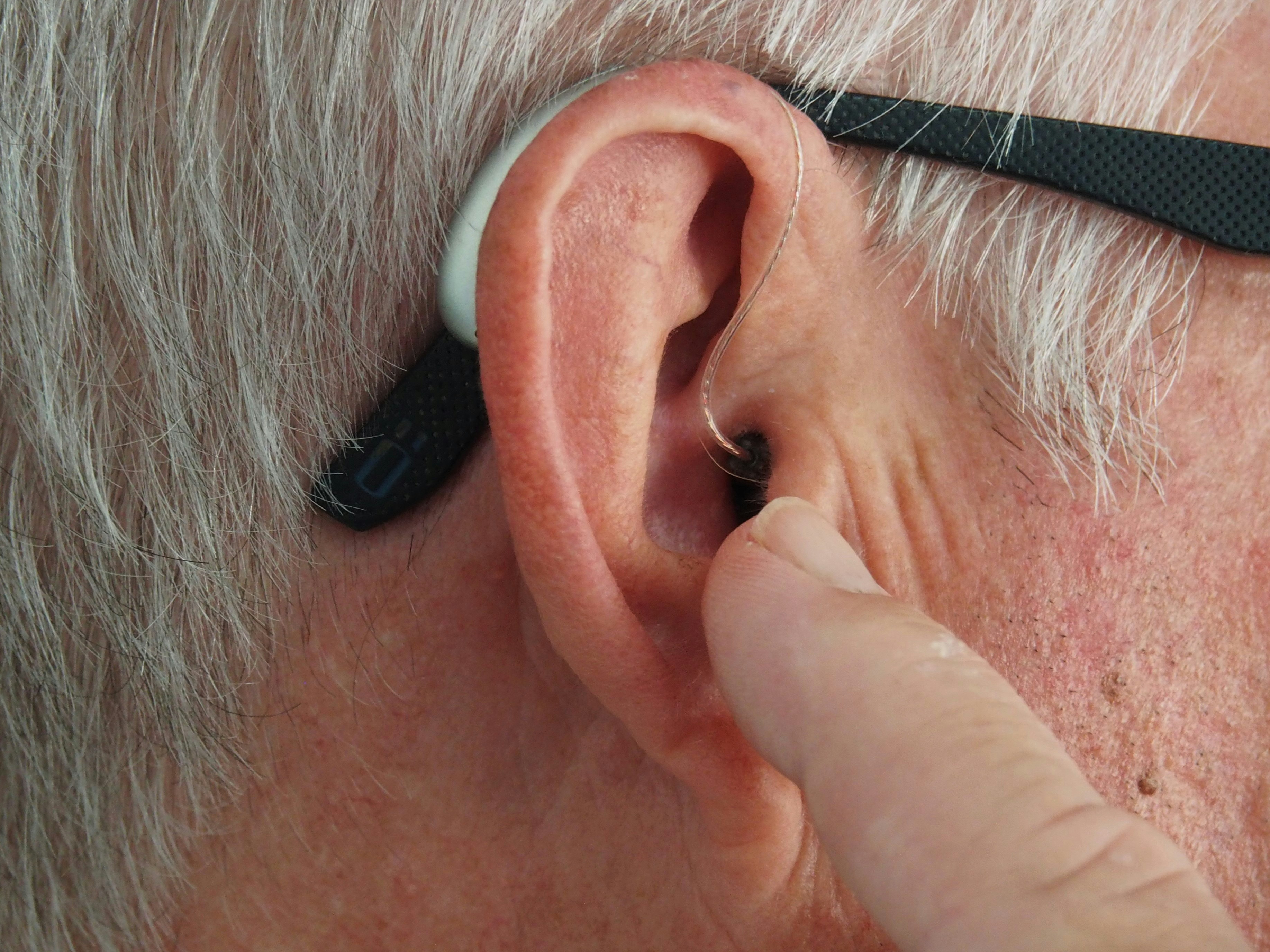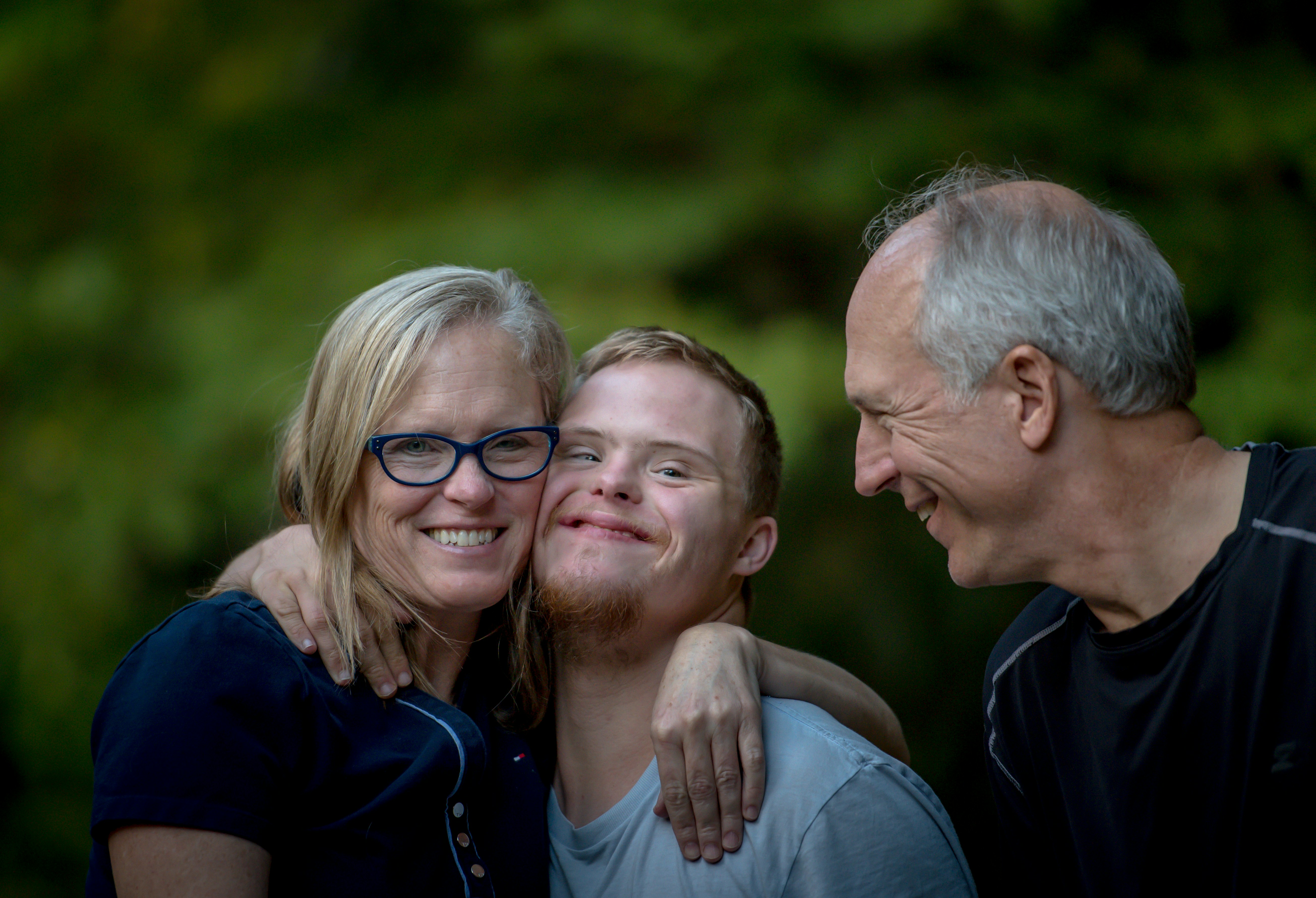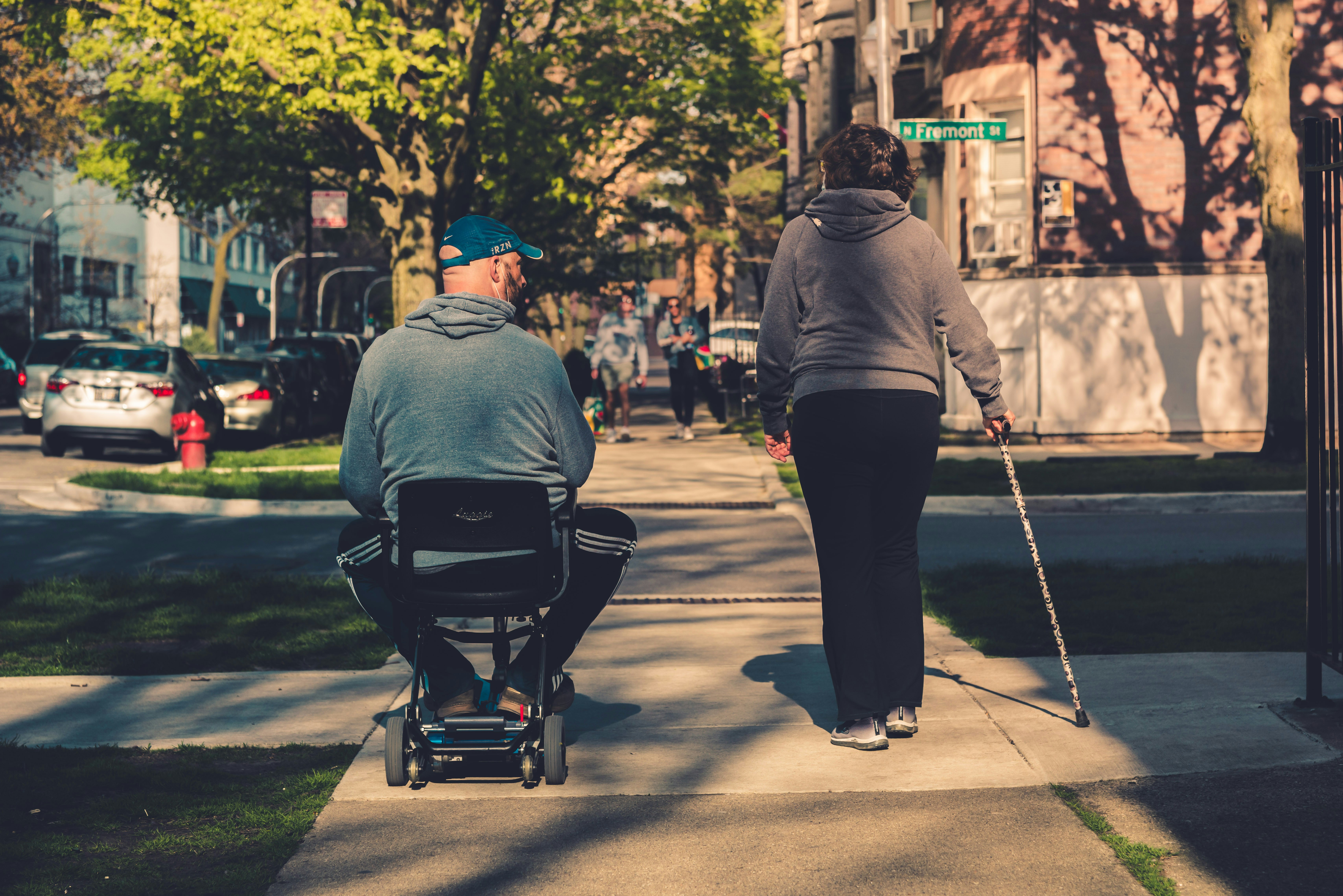Do you have a passion for understanding the complexities of the heart and its functions? Have you ever considered what it takes to become a cardiologist? Becoming a cardiologist is no easy feat and requires a great deal of dedication and hard work. From medical school to residency, learn what it takes to become a cardiologist, such as the esteemed cardiologists in Los Angeles, and the steps you need to take to achieve your medical career goals. Keep reading!
A High School GED
It is true that one needs a high school GED to become a cardiologist. A cardiologist is a medical doctor who specializes in diagnosing and treating diseases of the heart and blood vessels. As such, it is a highly specialized field that requires a great deal of specialized training and knowledge. Getting a high school GED is the first step in becoming a cardiologist. A GED stands for General Education Development and is a series of tests that are designed to measure a student’s academic proficiency in the areas of language arts, math, social studies, and science. In order to become a cardiologist, a student must pass the GED tests with a score of at least 145 on each of the four tests. Search for “math tutoring near me” if you’re an aspiring cardiologist struggling in high school.
A Medical Degree

If you’ve ever dreamed of becoming a cardiologist, you’ll need to obtain a medical degree. Becoming a cardiologist requires years of education, rigorous training, and long-term commitment. This article will explain the steps required to become a cardiologist and the benefits that come with having a medical degree. First and foremost, a medical degree is necessary to become a cardiologist. There are several paths you can take to obtain a medical degree. You can earn a Doctor of Medicine (MD) degree or a Doctor of Osteopathic Medicine (DO) degree. Both require four years of medical school. Additionally, you can earn a Doctor of Science (ScD) or a Doctor of Philosophy (Ph.D.) in a relevant field such as physiology or biochemistry. No matter which path you choose, make sure you select a program accredited by the Liaison Committee on Medical Education (LCME).
Three Years of Residency
Once you’ve completed your college and medical school requirements, you’ll need to go through a residency program. Residency is a three-year program that provides you with the hands-on clinical and educational experience you need to become a cardiologist. During this time, you’ll work with experienced cardiologists and gain a thorough understanding of the field. During residency, you’ll rotate through different areas of cardiology, such as cardiothoracic surgery, electrophysiology, and interventional cardiology. You’ll also take part in a variety of clinical experiences, including analyzing patient data, performing physical exams, diagnosing and treating patients, and observing surgical procedures. You’ll also learn about the latest advances in technology and medicine, and you’ll have opportunities to participate in research projects. This type of experience is essential to becoming a successful cardiologist.
A Board Certification in Cardiology

If you are considering a career in cardiology, then you will need to obtain a board certification in cardiology. Board certification is an important part of becoming a cardiologist, as it is the only way to demonstrate that you have the expertise and knowledge to provide quality patient care. While some medical professionals may choose to become board certified in other areas of medicine, cardiologists must obtain board certification in cardiology in order to be considered for a position in the field. The process of obtaining board certification in cardiology can vary from state to state, so it is important to research the requirements for your state. Generally speaking, the process includes completing a fellowship program, passing a written and oral exam, and participating in continuing medical education (CME) activities. The American Board of Internal Medicine (ABIM) offers a comprehensive exam for cardiologists that is made up of both written and practical components. Once you have passed the exam, you will be eligible for board certification in cardiology.
Altogether, becoming a cardiologist is an arduous process that requires years of hard work, dedication, and commitment. It is a highly respected and rewarding profession that can help save countless lives and is a calling that should not be taken lightly. With the correct qualifications, skills, and knowledge, those who are passionate about cardiology can make a real difference in the lives of their patients.
